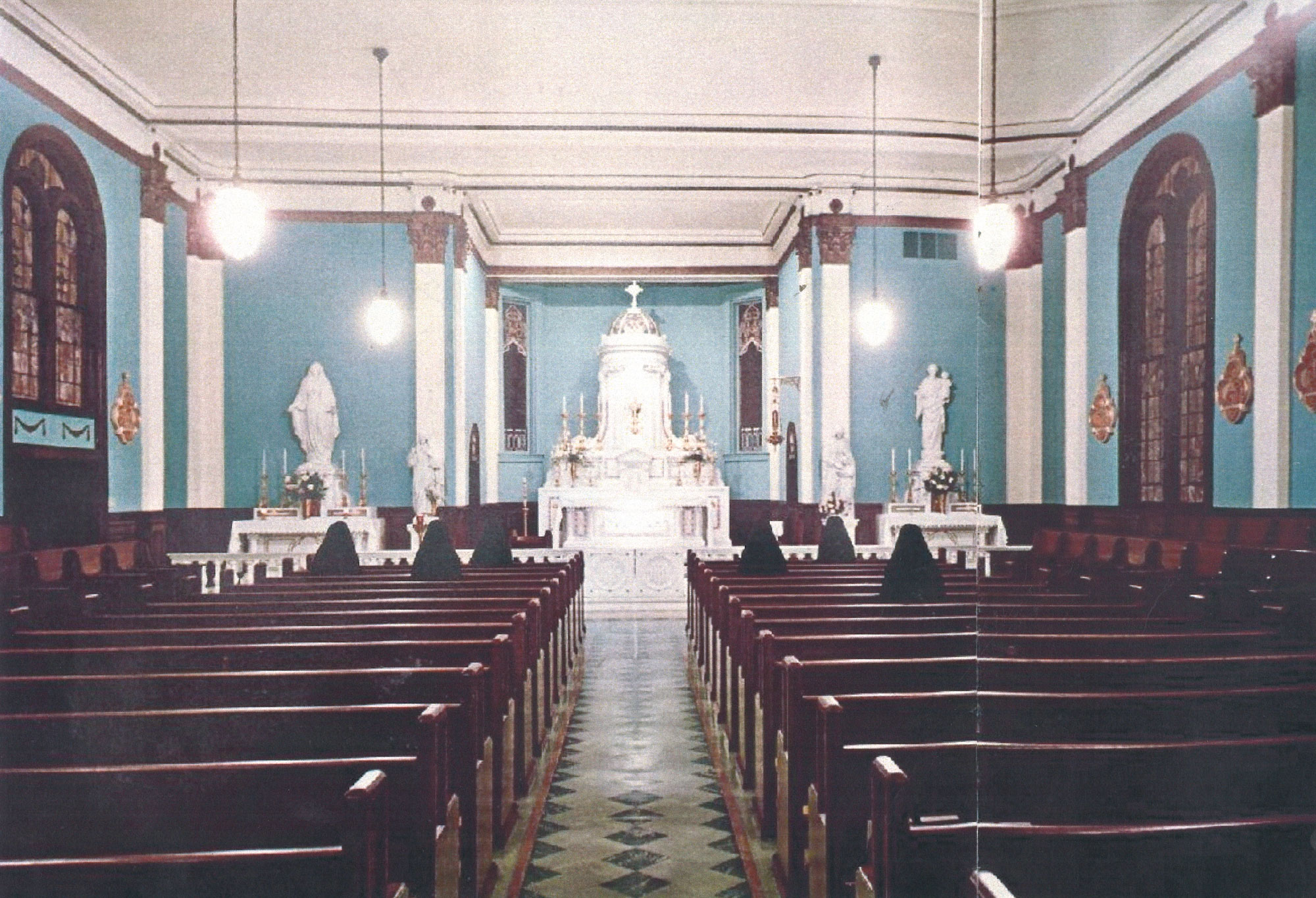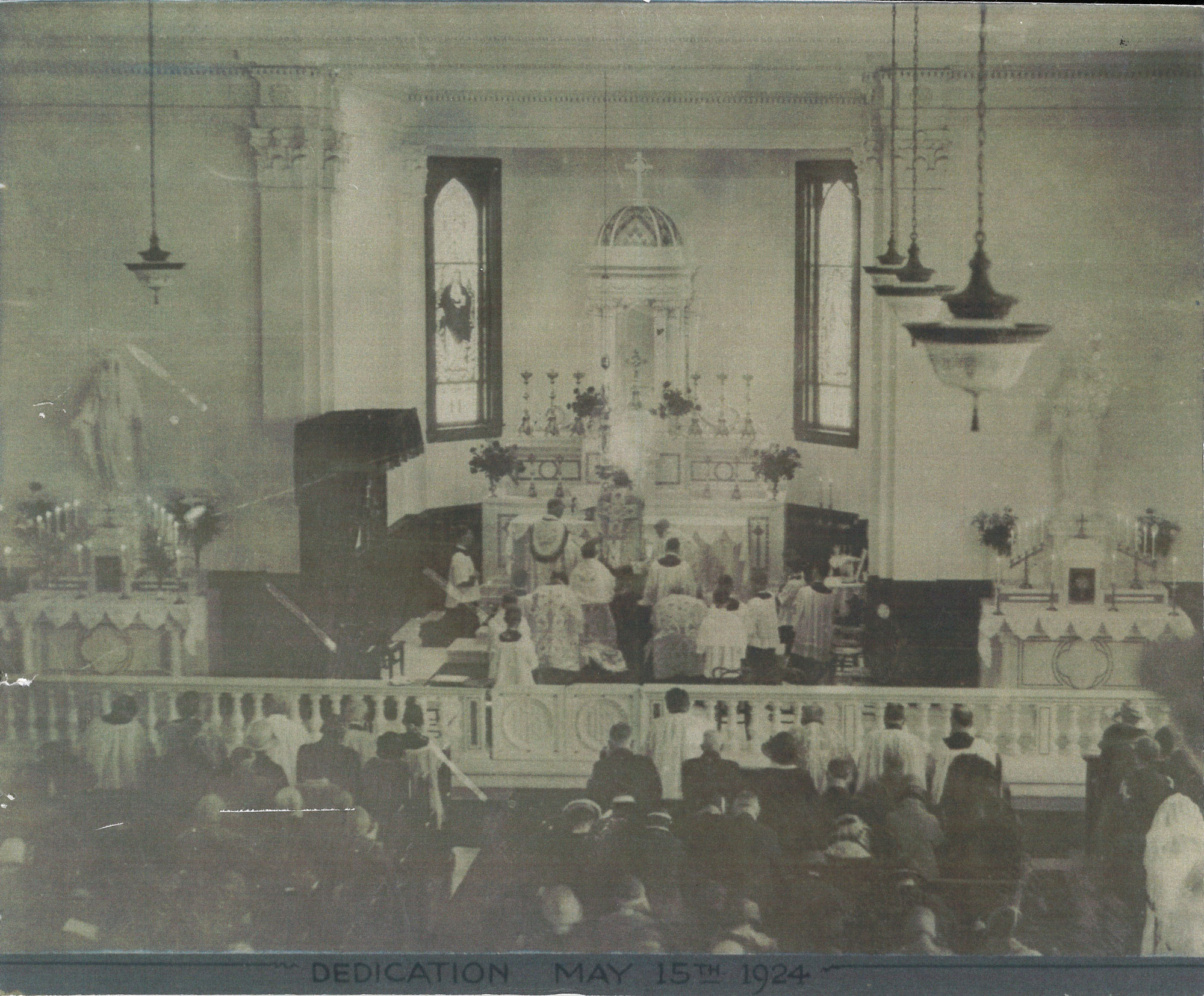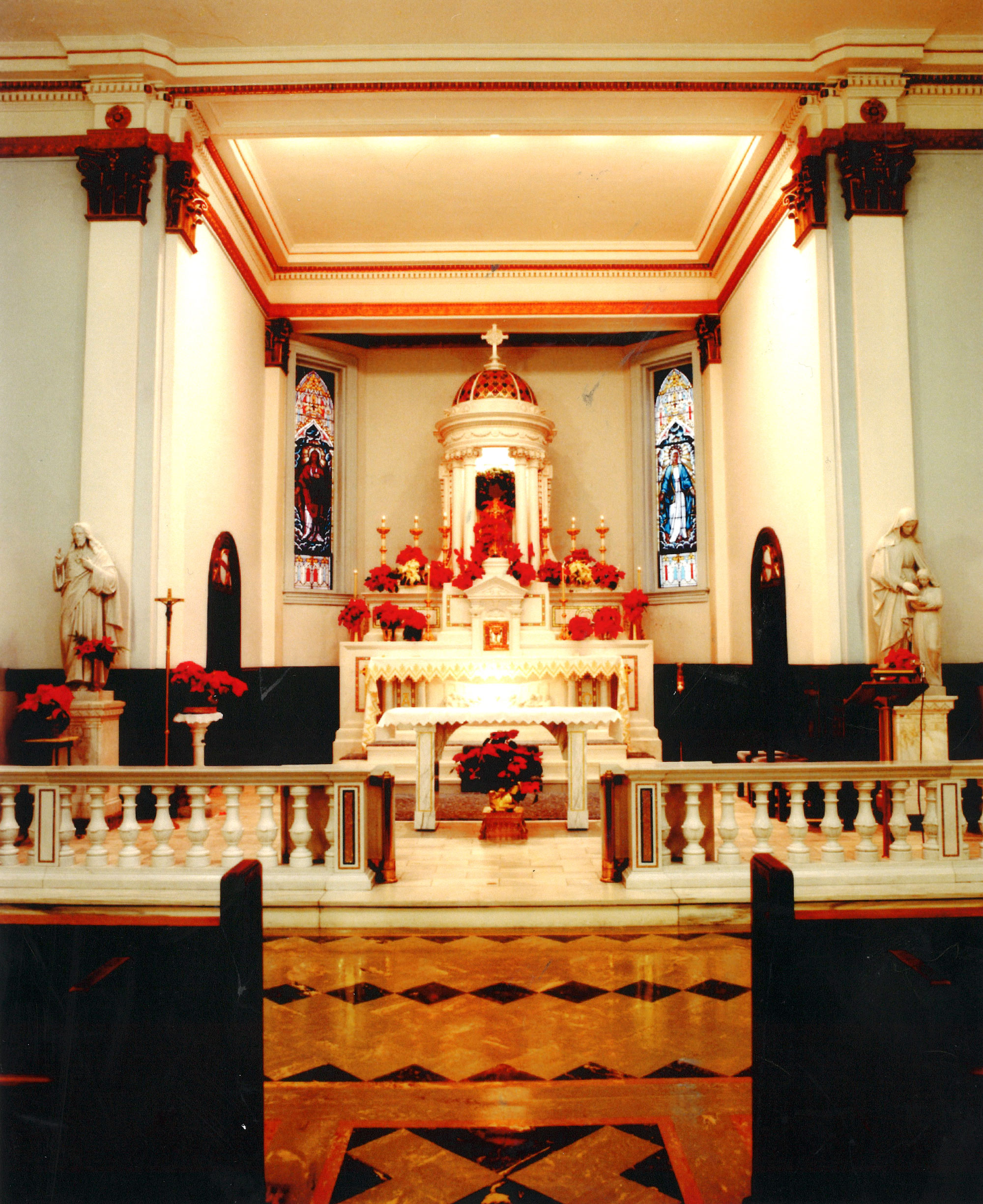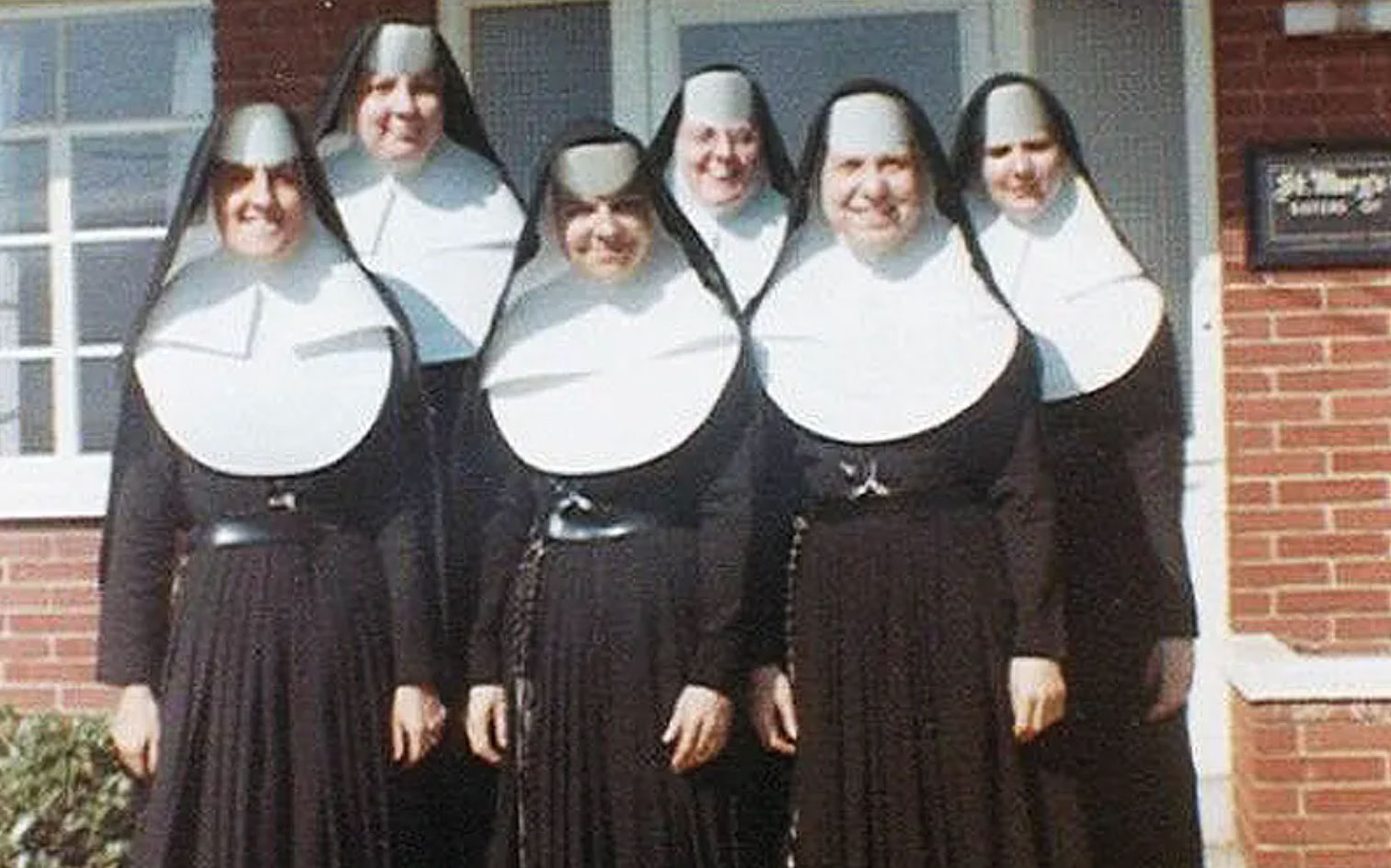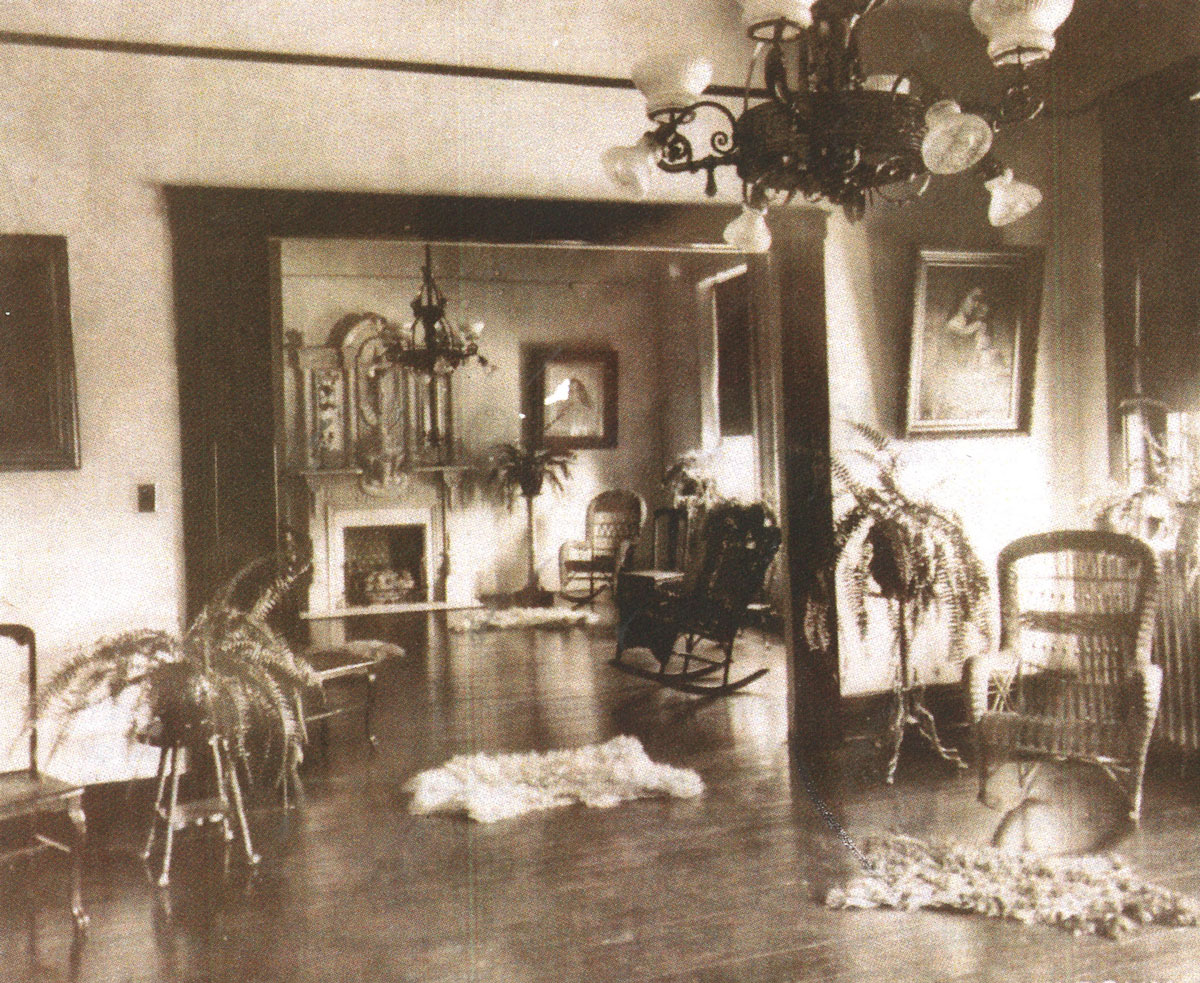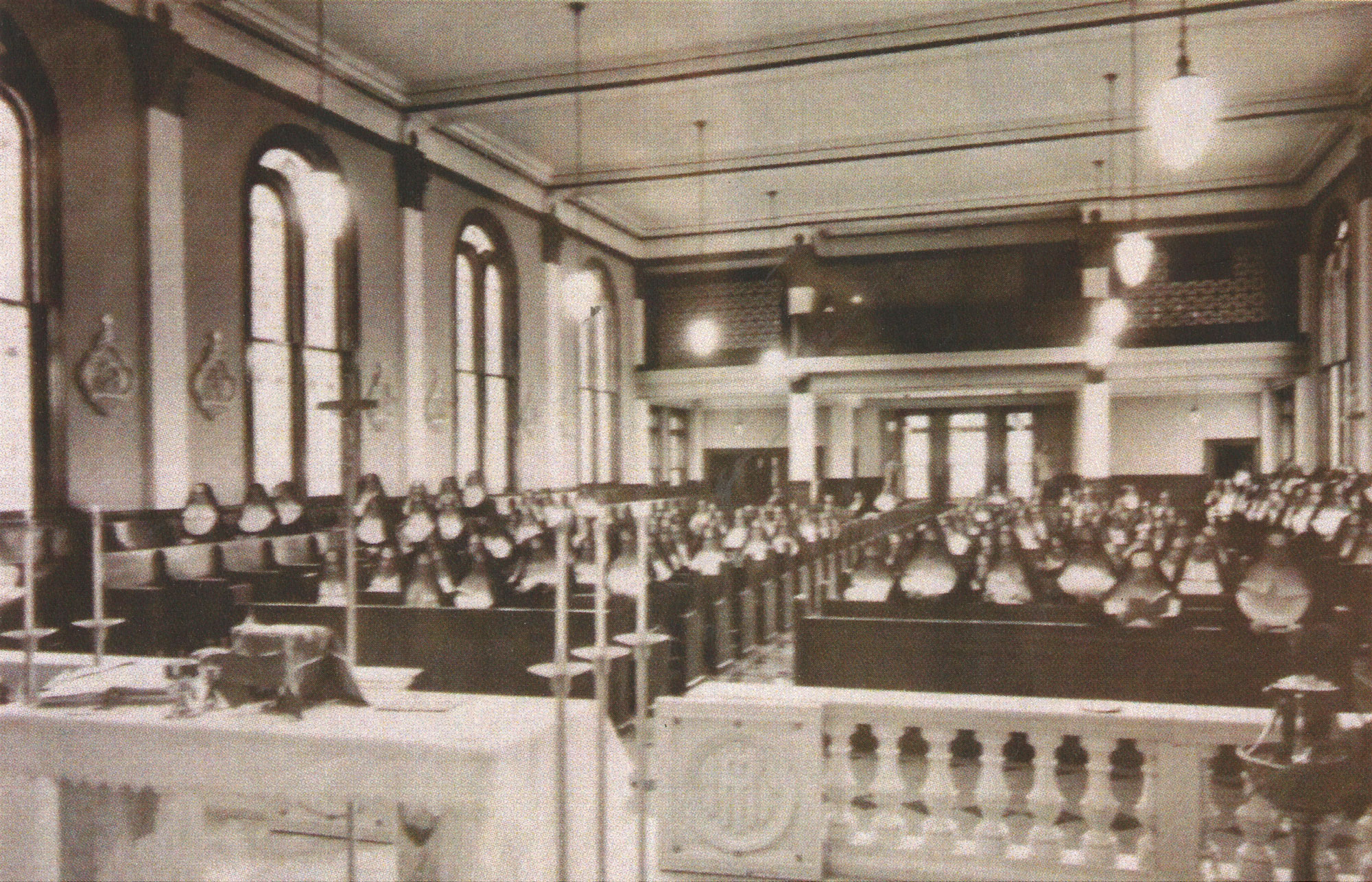The Village Chapel church and Offices at Convent Place have resided in and have been restoring the original St. Bernard Building for decades. Still, the history of the building is much older. Mother Catherine McAuley founded the Institute of the Sisters of Mercy in Dublin, Ireland, in 1831. In 1866, just months after the end of the Civil War, six Sisters of Mercy came to the US. They founded the St. Bernard Academy in Nashville, just a few short steps from the State Capitol.
After many years of successful schooling for over 400 female students, the need for a new location was clear. Mother Mary Xavier found a nine-acre tract of land on Hillsboro Road, spearheaded the fundraising, and oversaw the building of the boarding school and convent. Thanks to this tireless nun’s perseverance, the new St. Bernard Academy opened in 1905.
Initially, the property had a gated entrance that boasted a sprawling lawn on either side of the road; now, a city park is on one side, and an apartment complex is on the other. You can imagine how the guests to St. Bernard Convent and Academy would have initially viewed the building when coming off what is now 21st Ave. South.
Modern for its time, it boasted steam heat, electric lights, and telephones. There were classrooms on the first two levels, where The Village Chapel meeting rooms and childcare are now. On the top two floors were dormitories for students and rooms for the nuns. These two floors now host tenants ranging from a Pilates studio and a couture bridal designer to LMFTs and more. Many of the rooms The Village Chapel uses today are still recognizable in old photos from St. Bernard’s early days.
The chapel where The Village Chapel holds services today was an addition to the original building added in 1924. The new chapel included colorful stained glass windows, ornate Carrera marble altarpieces, and traditional oak pews. Even a window on the third floor opened into the chapel, so nuns who could not attend mass could still hear the prayers and music. Ornate moldings and a choir loft, visible today, gazed down on the bowed heads of many generations of worshippers.
By the 1980s, school registration was dwindling, and they announced that the class of 1989 would be the last. The high school was closed, and new leadership took over the elementary school, continuing to run St. Bernard Academy just outside our back door. In 1990, the sisters, in preparation for their move, removed the stained glass windows, gave the altarpieces to a church in Georgia, and sold the pews in a yard sale. Some furniture pieces found their way into the current St. Bernard Academy.
After the Sisters of Mercy relocated to their new facility on Pennington Bend, the fate of this beautiful old building was unclear. Vacant for a time and falling victim to the elements, in 1994, local businessman Charles Jones purchased the St. Bernard property. It seemed St. Bernard’s days as a place of ministry and worship were over. But in 2001, a small congregation happened upon the space. When the church members viewed the chapel, it had been overtaken by nature, with birds flying in through the windows. The potential for a unique space to grow their community was apparent even then.
After leasing individual spaces as the church grew, in 2015, The Village Chapel was offered an opportunity to call St. Bernard home permanently. Today, The Village Chapel owns the historic property called The Offices at Convent Place. Through much hard work and dedication, we have become a thriving space for the growing church community and our unique tenants, some of whom attend school here.
We love being a place where people come to reminisce about their times at St. Bernard School. We’ve been told that, even with renovations, the floors creak much the same way they did decades ago when students and nuns roamed the halls. And while we have no official ties to the Sisters of Mercy, we like to think we’re continuing to uphold the ideals of mercy and Christian service that led to the establishment of St. Bernard’s more than a century after they broke ground on the site.

